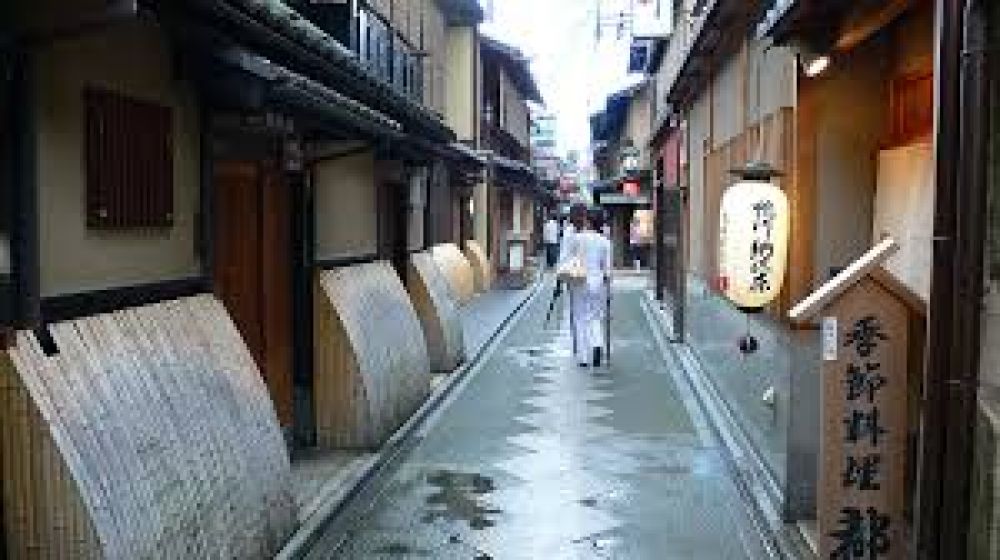

Pontocho Alley is one of Kyoto's most atmospheric and historic areas, renowned for its traditional dining and entertainment establishments. This narrow lane, running parallel to the Kamo River, has been a hub for culture and leisure for over centuries. The history of tourism in Pontocho Alley can be traced back to the Edo period when it started gaining popularity as a geisha district.
Initially, Pontocho was famed for its teahouses and the presence of geiko and maiko, known as geishas in Kyoto dialect. The area was lined with establishments that offered fine dining along with traditional performances, drawing in the affluent members of society and travelers interested in Japan's cultural arts. With time, the reputation of Pontocho Alley's exclusive and high-class entertainment spread, making it a must-visit for tourists seeking an authentic Kyoto experience.
In the modern era, Pontocho has evolved to accommodate a wider range of visitors. While the intimate and upscale dining areas remain, there has been a broadening of options that include casual eateries, bars, and street food stands. This diversification has made Pontocho more accessible to both international travelers and the local populace.
Lately, there has been a surge of interest in immersive cultural experiences. Pontocho Alley caters to this trend by offering visitors a chance to engage with Kyoto's traditional arts. Tourists can now participate in cultural workshops, watch live performances, and even enjoy a meal hosted by a maiko or geiko. Additionally, the growth of social media has led to a visual culture where the picturesque alleyways of Pontocho are shared worldwide, further bolstering its appeal as a quintessential Kyoto destination.
Even with its increasing popularity, efforts are continually made to preserve the heritage and ambiance of Pontocho. Regulations have been put in place to maintain the traditional architecture and to prevent the proliferation of modern buildings that could disrupt the historical aesthetic. This commitment to preservation has become part of the allure, as travelers seek out destinations that offer a tangible connection to history.
Pontocho Alley also showcases a different charm with the changing seasons. Summers bring the famous 'Kawayuka' tradition, where restaurants build temporary platforms over the nearby river, allowing guests to dine al fresco with a pleasing breeze and scenic views. Winters, on the other hand, bring a more intimate and cozy dining experience, often accompanied by heated Kotatsu tables and seasonal cuisine.
Lastly, Pontocho Alley provides a unique blend of urban culture and connectivity to nature. The Kamo River and its surroundings offer a peaceful refuge from the bustling city life, adding another layer to the tourism experience in Kyoto where tradition and nature intertwine.
As tourism continues to evolve, Pontocho Alley remains steadfast as a cornerstone of Kyoto's cultural and historical charm, continually adapting yet always staying true to the heart of its heritage.